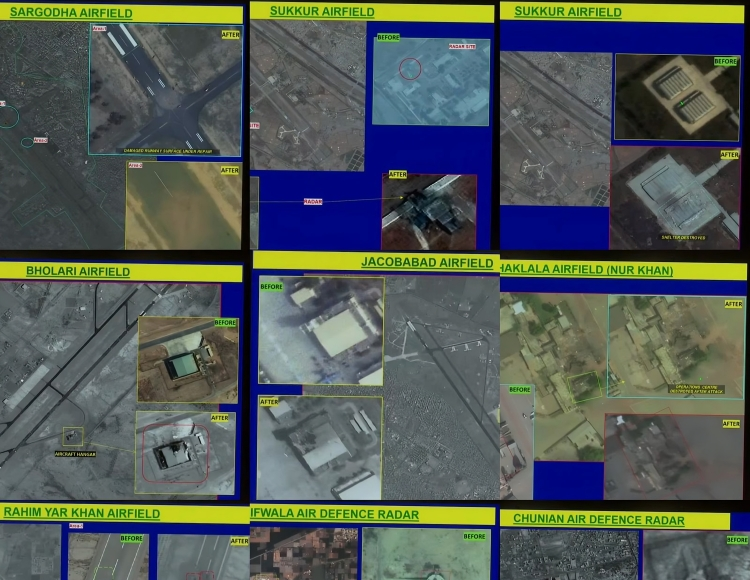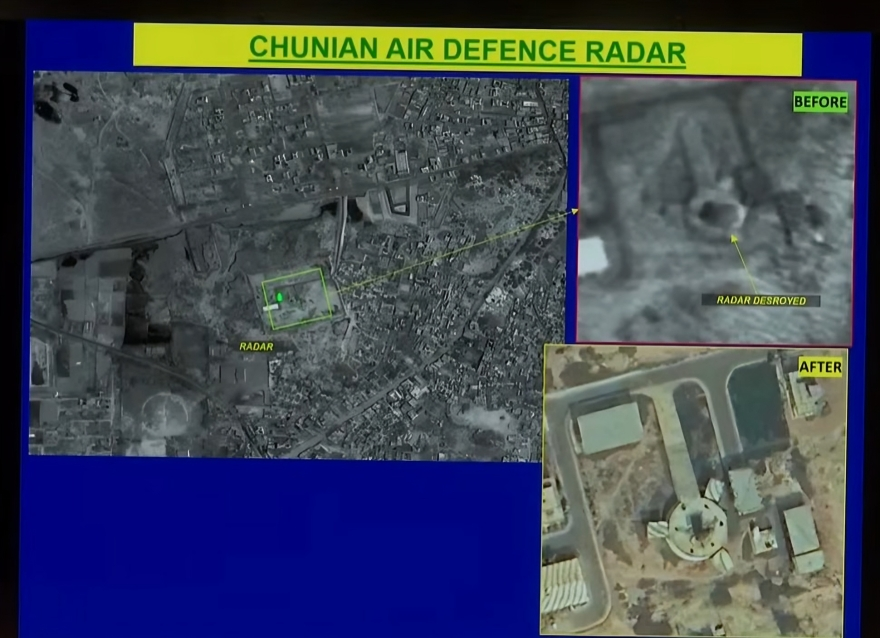India has launched a wave of precision strikes against key Pakistani military installations under Operation Sindoor, signaling a dramatic escalation in the long-simmering conflict between the two nuclear-armed neighbors. The coordinated attacks were confirmed by Air Marshal A.K. Bharti during a high-level press briefing, who stated that the mission achieved all of its strategic objectives without any loss of Indian personnel.
The air strikes, carried out late on May 6, targeted critical infrastructure across multiple locations in Pakistan, including Pasrur, Chunian, Arifwala, Sargodha, Rahim Yar Khan, Chaklala (Nur Khan Airbase), Sukkur, Bholari, and Jacobabad. The targets included air defense systems, airfields, and communication hubs that are considered vital to Pakistan’s military readiness.

“This operation was a precise and measured response to repeated provocations, especially the horrific Baisaran Valley terror attack, which killed 27 civilians, most of them Hindu tourists,” said Air Marshal Bharti. He emphasized that the operation was conducted with maximum care to avoid civilian casualties and added that all Indian pilots returned safely after the mission.
According to Indian military sources, the strikes successfully neutralized several air defense radars, runways, and aircraft shelters, causing widespread disruption to Pakistan’s ability to launch retaliatory air operations. These strikes come in the wake of Operation Sindoor’s earlier phases, which had already targeted terror infrastructure in Pakistan-occupied Jammu and Kashmir (PoJK) and Muridke, home to Lashkar-e-Taiba’s leadership.
The air operations represent one of the boldest military moves by India in recent history and have put Pakistan’s strategic preparedness under significant strain. Pakistani media reports and social media footage suggest widespread blackouts and emergency lockdowns around major bases following the strikes.
The international community has reacted with concern. U.S. Senator Marco Rubio urged restraint from both sides and offered Washington’s assistance in de-escalating the crisis. The attacks have also ignited discussions in global defense and strategic circles about the performance of Chinese-supplied military equipment in Pakistan compared to Indian platforms integrated with Western technology.
Defense analysts suggest that India’s use of satellite-guided munitions, electronic warfare, and superior air reconnaissance played a decisive role in achieving its operational goals without entering into a full-scale war scenario. However, fears of further conflict remain high as both sides continue to exchange artillery fire along the Line of Control (LoC).
The strikes have also impacted global defense markets, particularly stocks related to missile defense systems, radar technology, and aerospace. Investors are closely watching the developments for any signs of prolonged conflict that could further destabilize the South Asian region.
Diplomatic backchannels are reportedly active, with countries such as the United States, Qatar, Japan, and Germany urging both nations to exercise restraint. Meanwhile, India has called for an emergency meeting of its national security council and is in close coordination with its armed forces across all commands.
As the region braces for potential retaliation from Pakistan, the success and scale of Operation Sindoor mark a clear signal of India’s hardened posture against cross-border terrorism and its readiness to engage in high-intensity operations to safeguard national interests.













